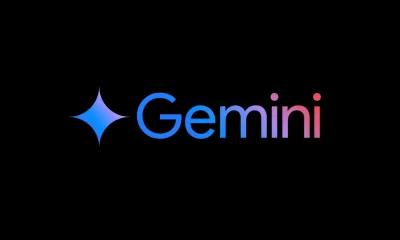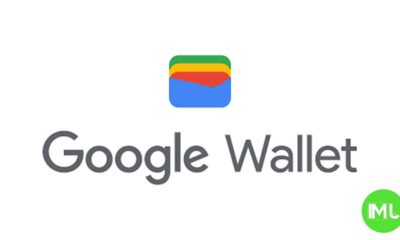Google Photos and Drive redesigned for better navigation
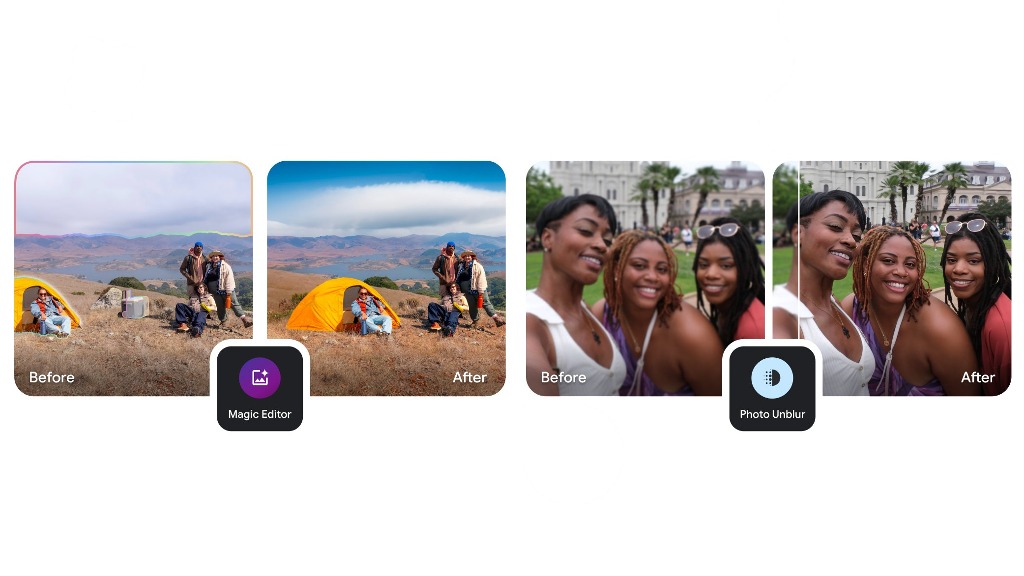
Google has rolled out significant updates to the navigation and interface of Google Photos on the web and the Google Drive file picker on Android. These changes aim to enhance user experience by making it easier to access important features and files. Let’s dive into the updates.
Google Photos Introduces “Collections” on the Web
After launching the Collections feature on Android and iOS in August, Google Photos has now brought it to the web, replacing the Library section. The redesigned interface simplifies navigation while aligning with the mobile app’s layout.
Key Changes in Google Photos Web:
- Side Panel Updates:
- The Explore tab has been removed.
- Sharing has been replaced by an Updates tab, which provides:
- Notifications for shared albums, conversations, partner sharing, memories, and storage updates.
- A refreshed design consistent with the mobile app, introduced earlier in November.
- Introducing “Collections”:
- The former Library section is now called Collections.
- The interface prioritizes dropdowns for Albums and Documents, moving Favorites down the list.
- Quick-access categories now include:
- People & Pets
- Places
- Videos
- Recently Added
- These changes mimic the grid-style organization introduced earlier for mobile users.
- Other Menu Updates:
- Archive, Locked Folder, and Trash are easily accessible.
- While the new layout is busier, it takes full advantage of the web’s larger screen real estate.
This redesigned Collections view has been gradually rolled out in recent days, streamlining organization for desktop users.
Google Drive File Picker Gets a Smarter Redesign on Android
The Google Drive file picker, used in apps like Gmail, Google Chat, and other Workspace tools, has received a much-needed update on Android. The changes focus on improving file visibility and reducing navigation steps.
What’s New in the Google Drive File Picker?
- New Carousel Layout:
- The previous list view (which displayed My Drive, Computers, Shared with Me, Starred, and Recent) has been replaced by a carousel format.
- Users can now see folders/views at the top, with a list of Recent files displayed immediately upon opening the picker.
- Improved Usability:
- The update eliminates extra taps, making it quicker to find recently accessed files.
- Users can still toggle between list view and grid view for flexibility.
- Enhanced Clarity:
- Google explains that the new layout highlights storage locations beyond “My Drive,” including shared drives and other items you can access.
Where to See the Update?
This redesigned picker is live in:
- Gmail: Under Compose > paperclip icon > Insert from Drive.
- Google Chat: Under conversation > plus menu > Drive.
The web version of the file picker received a similar redesign last year, setting the stage for a more unified experience across platforms.
Why These Updates Matter
Both updates emphasize efficiency and usability:
- Google Photos’ Collections provides faster access to key categories, aligning web and mobile experiences.
- The Drive file picker redesign simplifies file selection, especially for shared work environments.
These changes underscore Google’s ongoing commitment to making their apps more intuitive and productive for users across devices. If you’re using these features, be sure to check out the latest updates for a smoother experience.
Gemini app now blocks kids’ access and Google Clock adds new alarm features
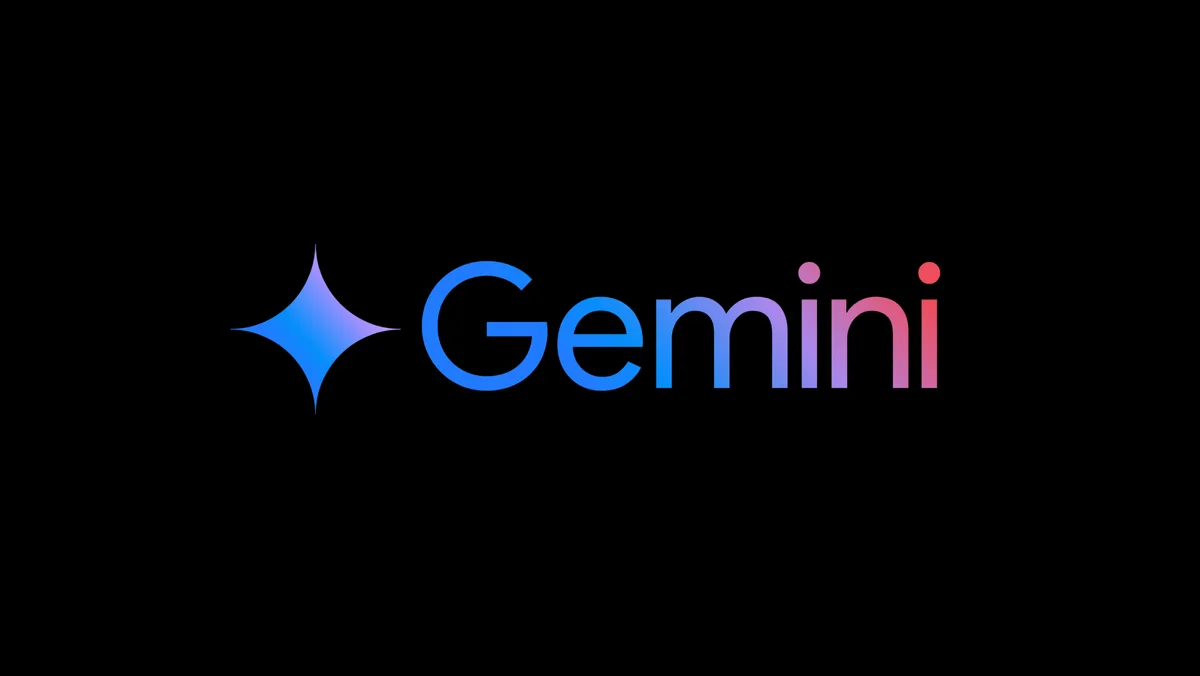
Google has updated its Gemini app to make it safer for kids. Now, children with supervised accounts through Google Family Link can no longer use the Gemini app or its chatbot on Android. When they try to open it, they’ll see a message saying the app isn’t available for their account. This change also affects the Gemini experience inside the Google app.
This move is meant to protect kids from AI tools that might not be suitable for them. While supervised accounts still work with some other Google apps like Search, Gemini is now off-limits for younger users. Google hasn’t said if this block will ever be lifted or if they’re planning a kid-friendly version of Gemini in the future.
At the same time, the Google Clock app has received a small but helpful update. Version 7.13 brings a new option called “Alarm display when device is locked.” When you turn this on, your upcoming alarm will show at the bottom of the lock screen. This makes it easier to check your next alarm without unlocking your phone. You’ll find this option under the alarm settings by tapping the three-dot menu.
Both of these updates show how Google is working to make its apps more helpful and safer for everyone.
Google tests tap-to-add card feature and easier emoji kitchen browsing
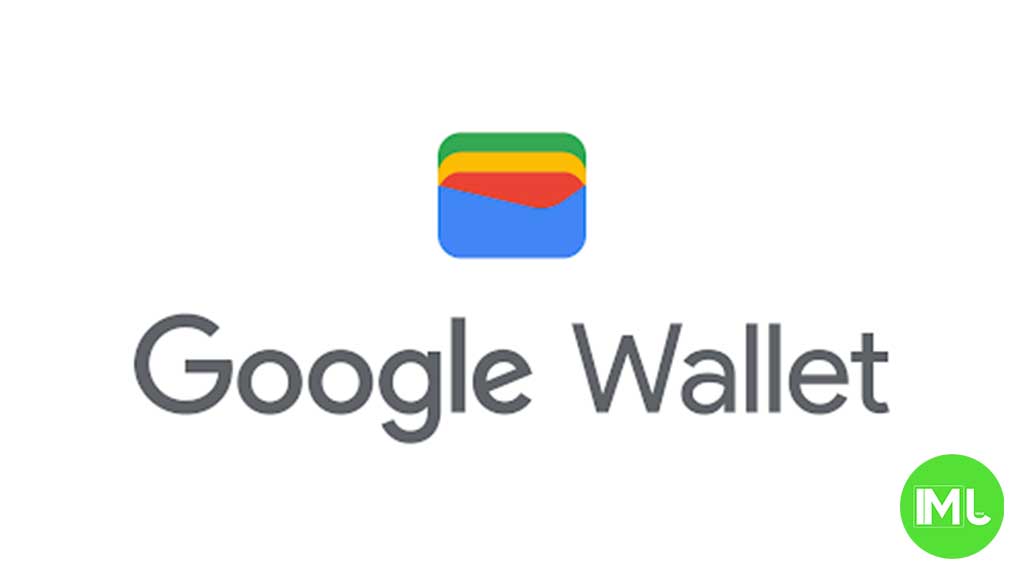
First, Google Wallet might soon let you add a credit or debit card just by tapping it on the back of your phone. This new feature uses NFC (Near Field Communication) and could make adding payment cards quicker and easier, especially for people who don’t want to enter card details manually. The feature was spotted in the latest version of the Wallet app with the message: “Try holding your card to the back of your phone to add it.” While it’s not active yet, it hints at a faster way to set up contactless payments.
At the same time, Google is making Emoji Kitchen easier to explore. Emoji Kitchen lets you combine two emojis to create fun, custom versions. Previously, it was hard to browse different combinations. Now, Google is rolling out a new “Browse” section in Gboard. This lets users scroll through popular emoji combos, like smiley face + cowboy hat, without having to guess which ones work. You can also tap one to send it directly in your message.
These updates show how Google is improving both everyday tasks like payments and fun features like emojis. The tap-to-add card option and improved emoji browsing are expected to make Android devices more user-friendly in future updates. Would you like me to notify you when these features officially roll out?
Android
Google Pixel Weather app now shows pollen info in the US
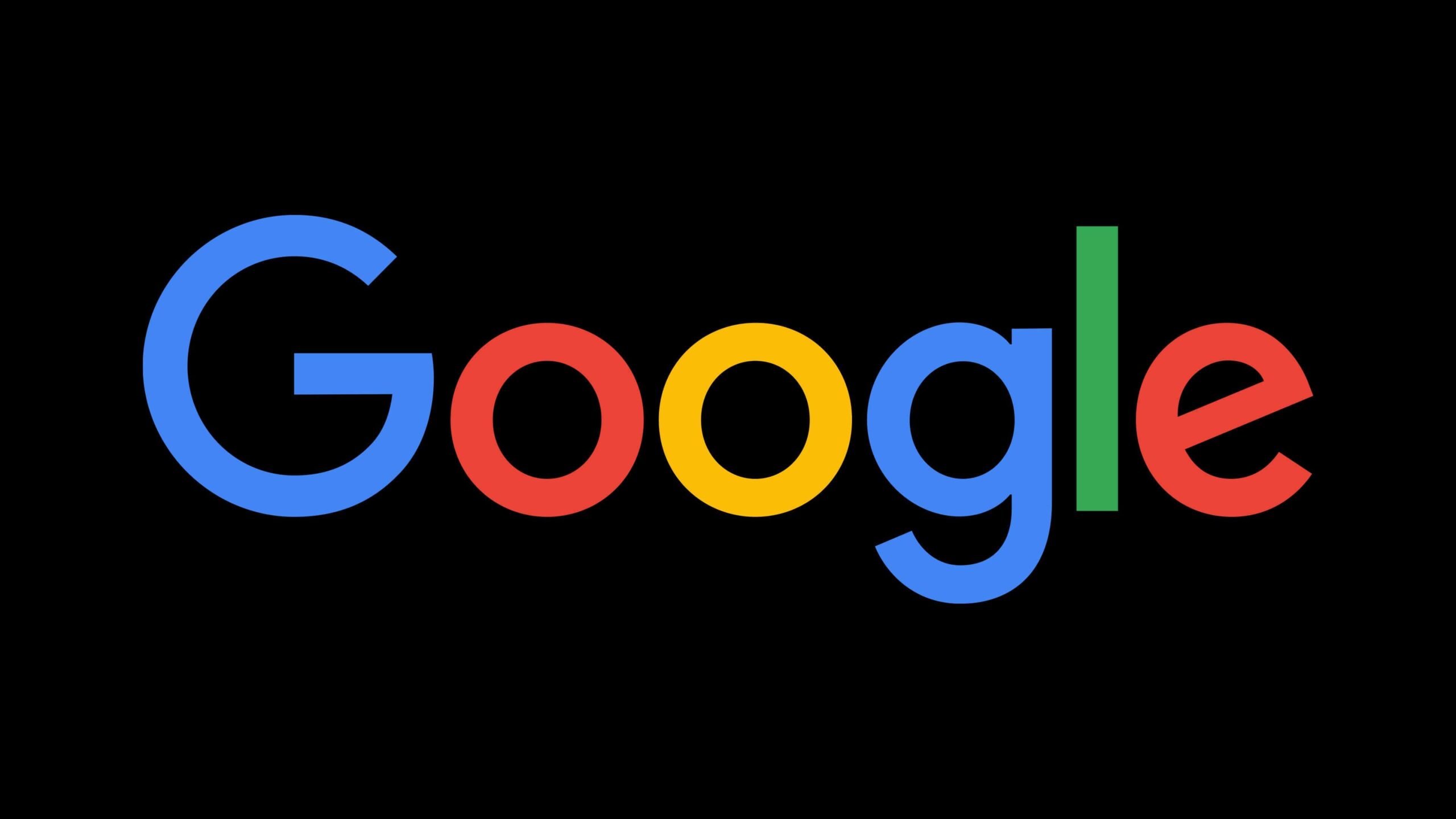
Google is adding a new feature to its Pixel Weather app. Now, users in the United States can see pollen levels in their area. This update is especially helpful for people who have allergies and need to know when pollen is high.
In the Weather app, there’s a new section under the daily forecast that shows pollen conditions. It uses simple labels like “low,” “moderate,” and “high” so it’s easy to understand. This new feature pulls information from the same source that Google Search uses for pollen updates.
However, the new pollen section in the Pixel Weather app is only available in the US for now. If you’re outside the US, you won’t see the pollen data yet. Also, not every user may get it immediately, as Google is still rolling out the update.
To use the feature, you need to have the latest version of the Pixel Weather app, which comes built into Pixel devices. Google may expand this feature to more countries in the future, but there’s no official date yet.
Overall, this small update can make a big difference for users who want quick and easy access to local pollen conditions without searching separately.
-
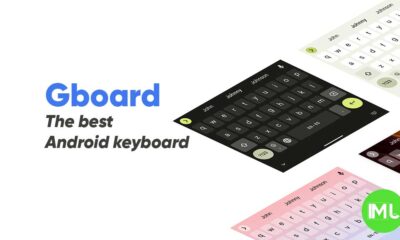
 Apps1 year ago
Apps1 year agoGboard Proofread feature will support selected text
-

 News1 year ago
News1 year agoSamsung USA crafting One UI 6.1.1
-

 News1 year ago
News1 year agoBreaking: Samsung Galaxy S22 may get Galaxy AI features
-
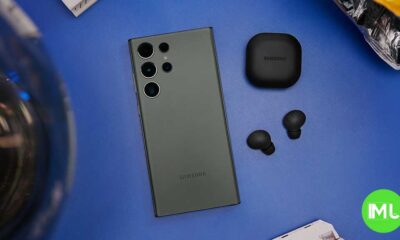
 News1 year ago
News1 year agoSamsung Galaxy S23 Ultra with One UI 6.1 and all S24 AI features revealed
-

 News1 year ago
News1 year agoOne UI 6.1 Auracast (Bluetooth LE Audio) feature coming to many Samsung phones
-

 News1 year ago
News1 year agoSatellite SOS feature coming to Google Pixel phones, evidence leaked
-
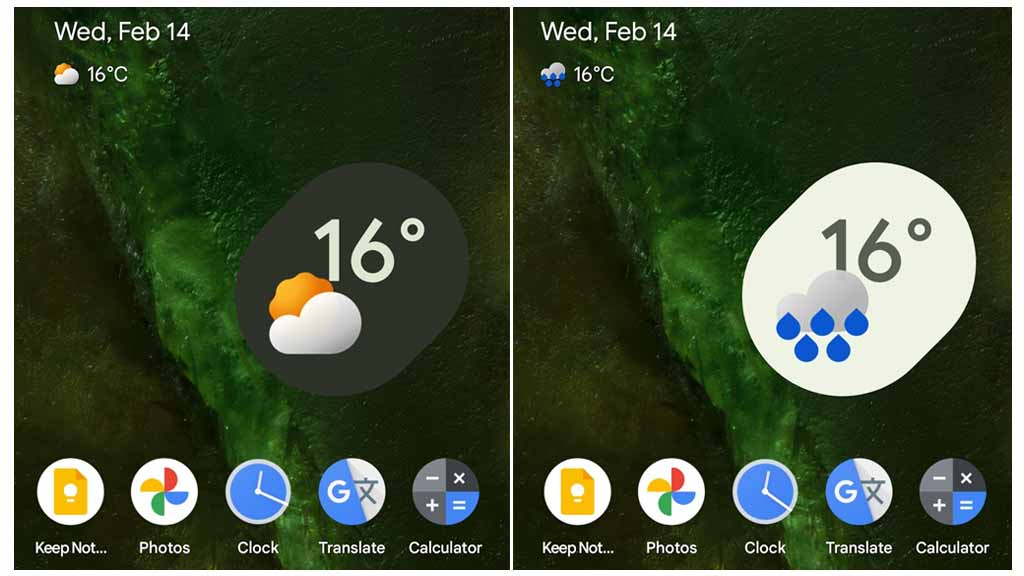
 Apps11 months ago
Apps11 months agoGoogle’s fancy new Weather app is finally available for more Android phones
-
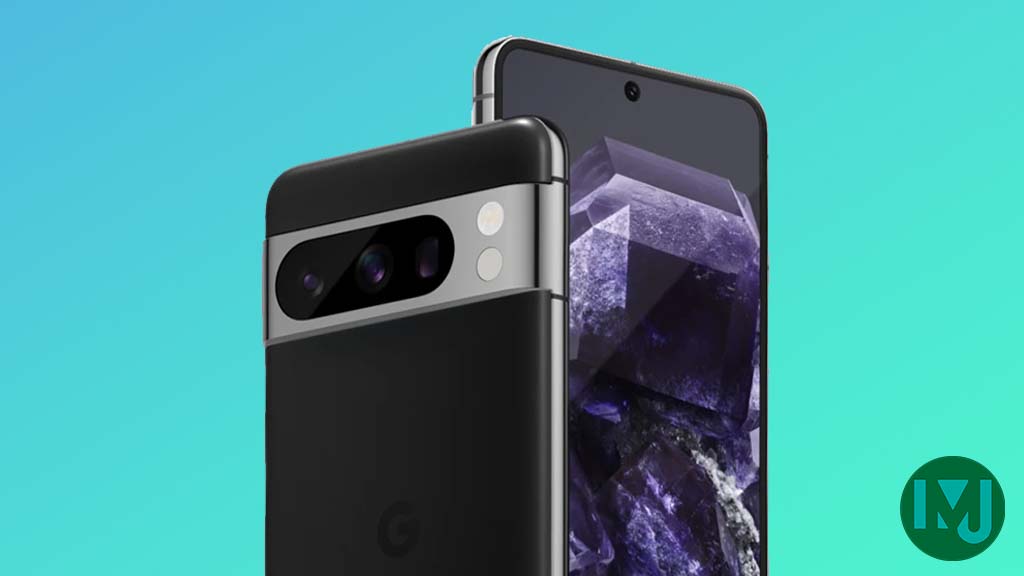
 News1 year ago
News1 year agoGoogle Pixel evolves as Europe’s third best selling flagship

